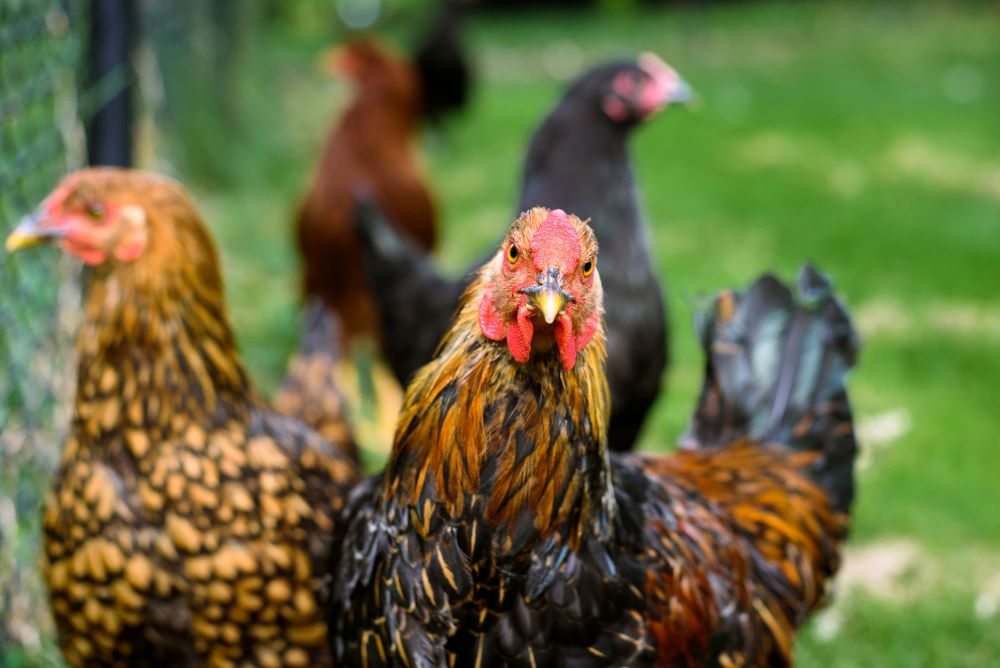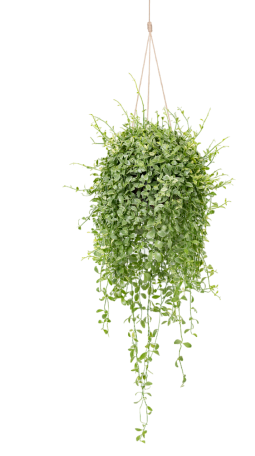What kills Bird Flu Virus?

Even if you haven’t been following the news, egg prices alone will tell you that something nasty is afoot in the chicken house. Bird flu! Sadly, this flu has been a death sentence for millions of egg-laying and meat-producing chickens around the world, because the virus that causes it can also affect humans, with devastating consequences (see our article). As with all dangerous pathogens, if you have vulnerable people (children, elderly, immune-compromised) who count on you to clean, you’ll want to make SURE that the cleaning product you use not only kills the pathogens, but also is not dangerous to the rest of their body. This second part is the problem nowadays; as of February 2025, there are literally two hundred disinfectants on the EPA’s List Q which are qualified and tested to kill “Avian Influenza A”, or Bird Flu A. However, only a handful have active ingredients that we would actually like to use in our own homes, because of their toxicity to the rest of the body. Why buy something to kill Bird Flu that might do collateral damage to your endocrine system, etc.?
If you want to find an approved cleaner for Bird Flu, the EPA’s List Q is where to start (unfortunately it doesn’t have links to Amazon). If you click on the 2nd column of the chart, “Active Ingredient(s)”, you will cause the list to alphabetize according to these ingredients, so you can weed out 80-90% of them!
Here are some of the ingredients to avoid.
Chlorine Dioxide is similar to bleach and very potent. It has an OSHA safety limit of 0.1ppm averaged over an 8 hour workshift. It can cause burning eyes, throat and respiratory system. This cleaner is only approved for use in animal housing and farms.
Dodecylbenzenesulfonic Acid has acute toxicity to aquatic life, can be toxic in contact with skin, and can cause serious eye damage. According to the Environmental Working Group (EWG), the European Chemicals Agency (ECHA) is more concerned with exposure than the EPA.
Glutalderyde is an industrial-strength disinfectant that, like bleach it can irritate nasal passages and eyes, as well as severely burn skin. It’s only approved for use in animal housing and farms.
Peracetic Acid is a strong chemical and is only approved for use in animal housing, veterinary use and farms. It’s a strong respiratory irritant, and like chlorine dioxide, it has a low safety limit of 0.17 ppm for all exposure durations from 10 min to 8 h for the general public. (Peracetic Acid1 Acute Exposure Guideline Levels) There are a few cleaners with peracetic acid rated for residential use, however, be sure to study all other ingredients and concentrations before deciding.
Phenols: Beware! This chemical, in different forms, is damaging in the following ways: it can cause skin allergies and irritation, asthma and respiratory irritation, and possibly developmental and reproductive toxicity. (Phenol) It disinfects by disrupting the cell walls of microbes, but it can also do this to healthy tissue, passing right through your skin into deeper tissues.
Quaternary Ammonium (Quats): Quats kill microbes by binding to the negatively-charged surfaces of microbes. Although most of List Q is made of disinfectants with Quats as their active ingredient, we’re not in favor of them. They have been studied to induce asthma in cleaning workers, decreased lung function in farmers, and greater immune reactions and decreased fertility in mice, among other effects. They are very persistent and are difficult to remove from surfaces, so it’s important not to use them with your bare hands, and on food prep surfaces.
Sodium Hypochlorite: This is bleach; of course it disinfects! And of course we all know its potential to cause respiratory and skin irritation. (For scientific confirmation, this study showed that regular use of bleach was associated with five times the odds of adult-onset, non-allergic asthma). On top of that, the EU, California, and other agencies have labeled it as suspected/known to cause cancer. (Sodium Hypochlorite). The best thing we can say about bleach is that it does degrade; it becomes less effective 6 months after manufacture and loses potency by 20% every year after. It’s also more unstable in its diluted form. It turns back into water and salt (NaCl) from which it was made.
And here are some “safer” ingredients:
Citric Acid: We think citric acid is great because it’s non-toxic, and it not only disinfects; it also degreases. Yes–it is that same acid that comes in citrus fruits, but most commercially available citric acid is actually generated by mold or yeast, like Aspergillus niger, in a fermentation process. For that reason, there’s a very small chance that you could have mold in your cleaner (just fair warning) but for the most part it’s a very safe cleaning ingredient; as always be sure to check the other ingredients.
Ethanol is a well-known ingredient in hand sanitizers and many household cleaners. According to the EWG, It has low to moderate acute toxicity to aquatic life, and little to no concern for cancer. Therefore, it is an active ingredient in many EWG-Verified products (low concern). Like all products, be sure to study all other ingredients and concentrations before deciding.
Hydrogen peroxide is safe, right? Yes–on it’s own, as the active ingredient in cleaners, this chemical is safe but one must use the appropriate caution with gloves and following safety instructions (hydrogen peroxide can irritate the skin if not washed away (3-5%), but most of these cleaners for residential use have lower concentrations (<1%)). The problem is the OTHER INGREDIENTS. This page from EWG shows that of 8 cleaners listed with hydrogen peroxide as an active ingredient, only 4 of them have “low concern” marks of A-B. The other 4 have “high concern” marks of D-F, including a “Seventh Generation” brand. You can see the problems with each of the other listed ingredients on their corresponding page.
Hypochlorous Acid: We are very much in support of hypochlorous acid. It’s an effective disinfectant with very little downside. The worst one is that it degrades; over several months the cleaner can lose its potency by breaking down. To keep the cleaner at highest strength, follow these tips:
-
Keep it in a cool room (below 77 degF/25 degC)
-
Use an airtight container
-
Avoid direct exposure to high temperatures and sunlight
-
Look for hypochlorous solutions with a high ppm (free available chlorine content)
Iodine is a safe, effective disinfectant. It’s too bad that the only one with active ingredient iodine on this list is rated for animal housing and farms, not residential.
Lactic Acid is also a safer ingredient and has low concerns of toxicity according to EWG. Like all products, be sure to study all other ingredients and concentrations before deciding.
Thymol is a new disinfectant on the market; it’s made from the herb thyme. Although as an ingredient, the EWG rates it as a “D” score for some asthma and respiratory concerns, it also lists 11 products containing thymol with a score of A-B. And…it kills S. Aureus (staph) and E. Coli just as well as bleach! (check out the study and video, minute 3:10 and further). Granted, this particular product is not on the list Q for Avian Flu, but both of the Benefect products listed are of a similar composition. Lemongrass is a common additive to these Thymol disinfecting products.
Here is a tip to make the most out of whatever disinfectant you choose: use as directed! This may seem obvious, but many of these products are only disinfectants, not cleaners! Therefore, any surfaces that are to be disinfected should be cleaned FIRST with the appropriate cleaner to rid them of dirt, grease, solid particulates, etc., THEN sprayed with disinfectant, THEN wipe or wait for it to dry as directed. Otherwise, you are wasting money and gambling with the results–is it really disinfected? Only if you follow the directions!
Photo by Jordan Whitt on Unsplash






